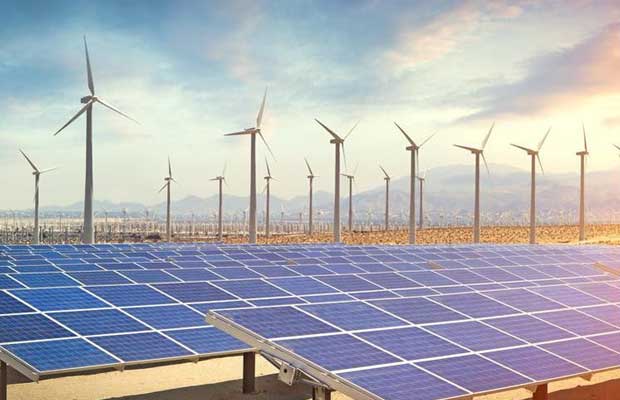A latest report from EMBER on global renewable power generation said that countries in Middle East like the UAE and Saudi Arabia are trying to diversify their electricity mix, hinting at a transition, away from fossil fuels.
Fossil fuel-rich nations in the Middle East, such as the United Arab Emirates and Saudi Arabia, have started to diversify their electricity mixed, the report said. The report said that 60% of solar capacity added was in China, and 14% in Europe. These regions receive relatively little sunlight by global standards.
The EMBER report said that there were large additions in countries that do not report up-to-date generation,
particularly in Asia and the Middle East and North Africa. There are also growing challenges with reporting distributed generation, including behind-the-metre rooftop solar, and underreporting in large markets like the EU and Japan. It also said that there are promising signs in some regions, with module imports to the Middle East rising in 2023.
Talking about solar energy, the report said that the Middle East and Africa are still lagging behind, but countries like South Africa (1.1% in 2015 to 6.8% in 2023) and the United Arab Emirates (0.2% in 2015 to 4.5% in 2022) have seen recent increases.
The EMBER report said that Africa and the Middle East have recently seen more wind installations, but shares still lag behind. Morocco stood out with an increase in wind generation share from 2015 to 2023
from 8.4% to 14.8%.
It also said that several Middle East Countries have the highest per capita emissions. “Countries in the Middle East with high electricity demand and a generation mix dominated by gas had the highest per capita gas generation worldwide. Bahrain reached 24,281 kWh per capita – ahead of Qatar (20,177 kWh) and the UAE (13,632 kWh). The world’s three highest per capita power sector emitters are all highly dependent on gas: Bahrain, Qatar and Kuwait,” the report said.
The report said that the share of gas generation increased in the Middle East and
Africa from 2015 to 2023, but it has stagnated in Europe and fallen in Latin America, Oceania
and Asia.


